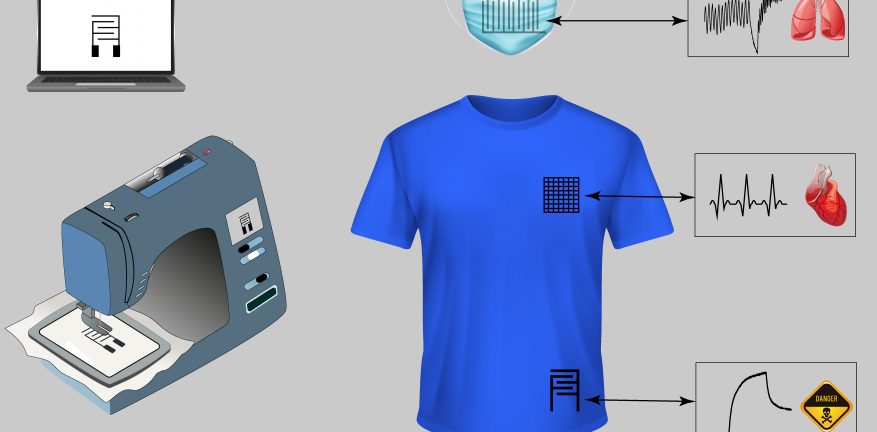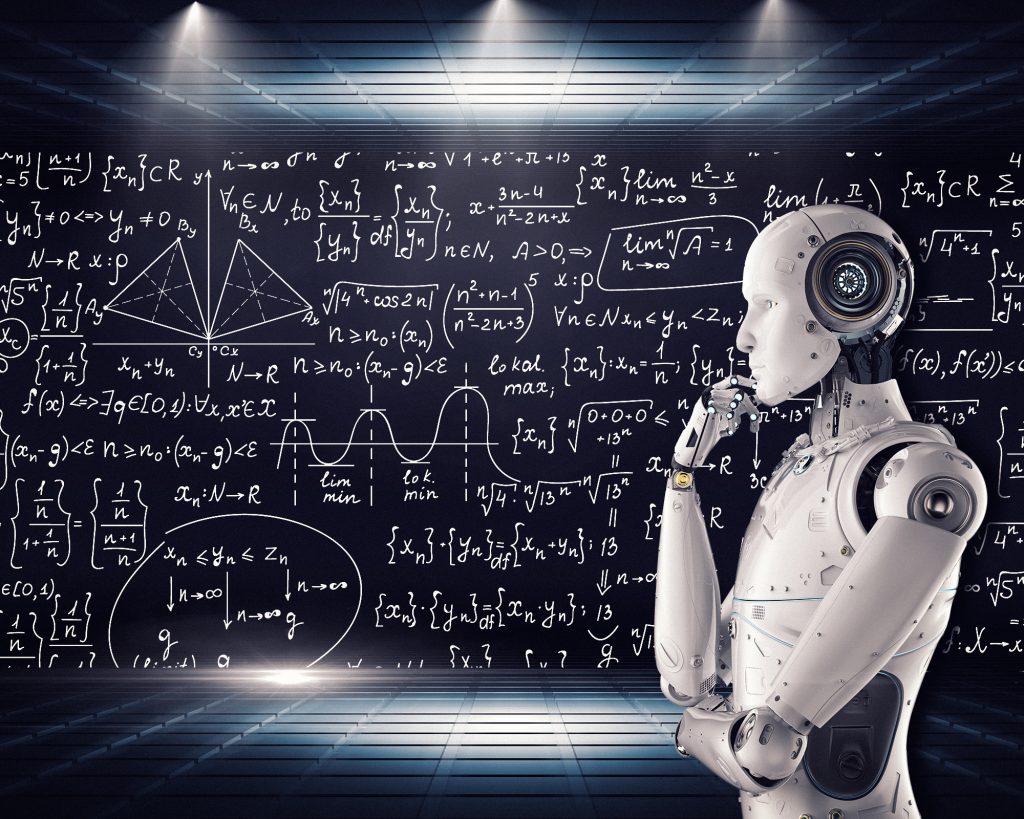
One can claim that wearable technologies originate from the 16th century, with the introduction of pocket watches. However, in my opinion, one of the first real wearable technologies was the watch that a mathematics professor, Edward Thorp, invented in the 1960s. A number of devices helped popularize and advance wearable technology over the following two decades. The first well-known was the calculator wristwatch, introduced by Casio. This watch can be seen in the picture below (Reliance Technology, 2019).

Nowadays, wearable technologies are becoming more and more adopted: smartwatches, fitness trackers, headphones, smart glasses, etc. Moreover, recent developments by researchers at Imperial college London could be a game changer. They designed a conductive thread suitable to embed sensors into pieces of clothing. The new thread, called PECOTEX, is revolutional because it is affordable, compatible with existing sewing machines, and fully waterproof, therefore machine-washable (Evans, 2022).
When thinking about the possibilities this technology brings, you are only limited by your imaginations. The first applications I could off were in terms of tracking: during fitness, when sleeping, but also for medical purpose tracking. That way, patients no longer have to wear visible machine on their body. They can just put on a t-shirt. Lastly, suppose GPS functionality can be embedded, parents could use these clothes to protect their kids when in an emergency (Evans, 2022).
Other developers in the field have presented similar research (Mulko, 2021), showing the potential of ‘smart clothes‘.
- Smart clothes could potentially cool you down when hot, and keep you warm when cold.
- Smart clothes could harvest energy: a human body radiates heat. This heat could be captured and could in the future be able to charge your phone on the go.
- Smart clothes could clean themselves, or at least disinfect your clothes. this is possible once the smart fibers are capable of sending out UV-C radiation.
References:
Evans, S. (2022, September 28). Researchers Design Conductive Thread to Embed Sensors Into Clothing. IoT World Today. https://www.iotworldtoday.com/2022/09/28/researchers-design-conductive-thread-to-embed-sensors-into-clothing/
Mulko, M. (2021, December 16). What is Smart Clothing Technology and How Does it Work?https://interestingengineering.com/innovation/what-is-smart-clothing-technology-and-how-does-it-work
Reliance Digital. (n.d.). Wearable Technology – Then & Now | | Resource Centre by Reliance Digital. Retrieved 3 October 2022, from https://www.reliancedigital.in/solutionbox/the-amazing-evolution-of-wearable-technology/

